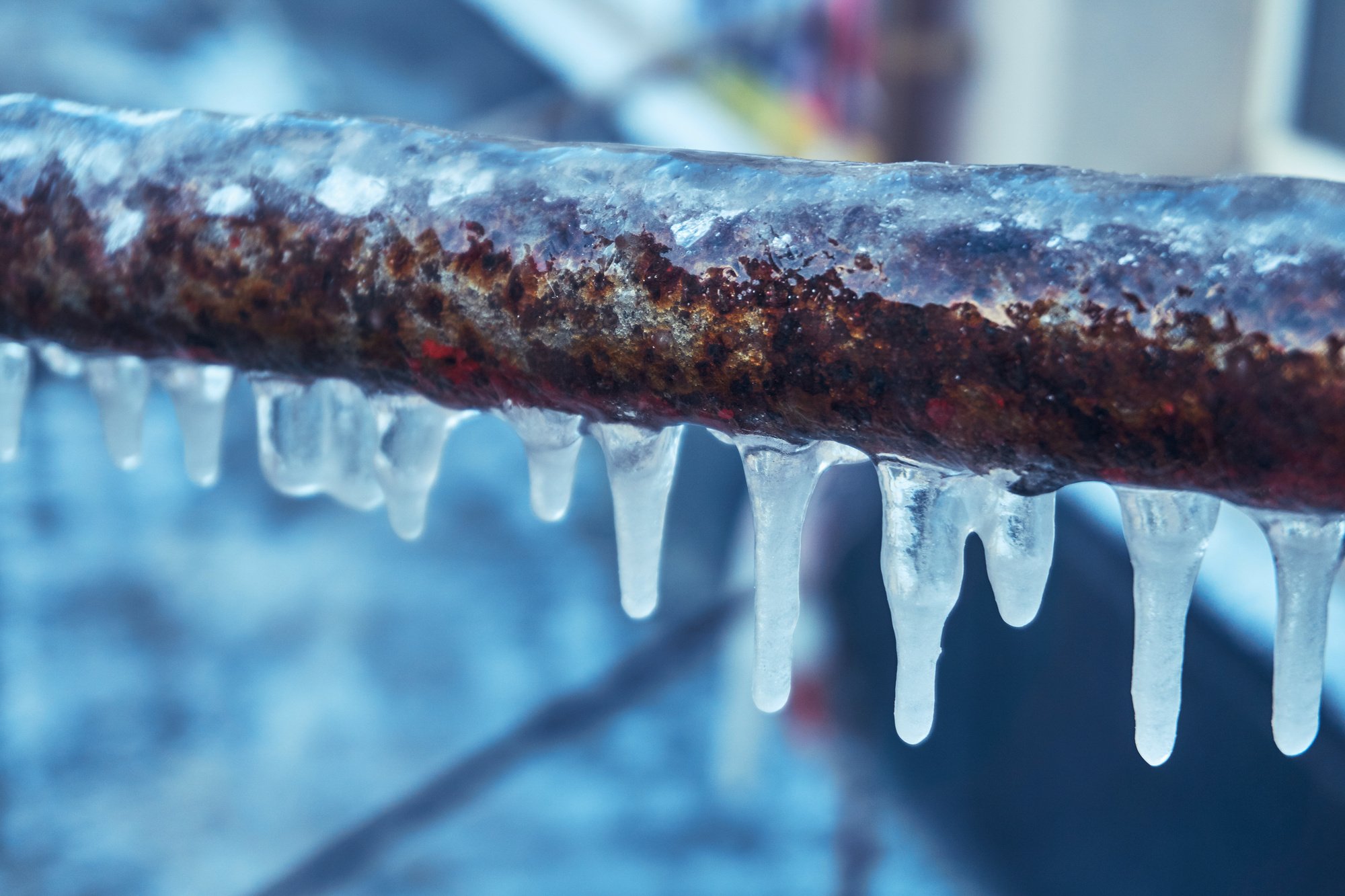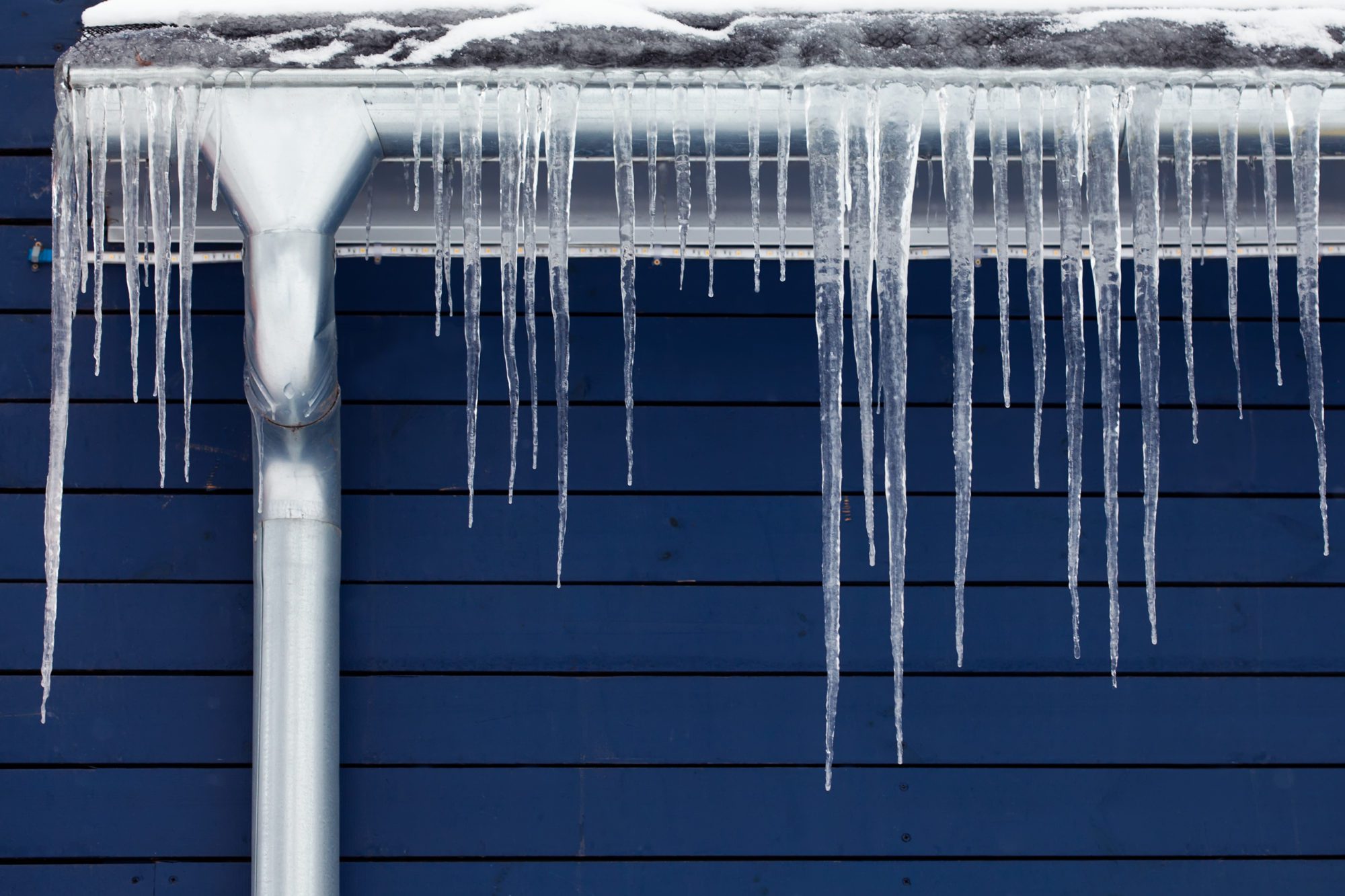We've noticed the article relating to How to prepare your home plumbing for winter weather down the page on the internet and figured it made good sense to share it with you in this article.

Winter can ruin your pipes, specifically by freezing pipes. Below's exactly how to stop it from taking place and what to do if it does.
Introduction
As temperature levels drop, the danger of icy pipes boosts, possibly resulting in pricey fixings and water damages. Comprehending just how to prevent frozen pipelines is essential for house owners in chilly climates.
Prevention Tips
Insulating vulnerable pipes
Wrap pipes in insulation sleeves or use heat tape to safeguard them from freezing temperatures. Focus on pipelines in unheated or exterior areas of the home.
Heating strategies
Keep interior rooms appropriately heated, particularly locations with pipes. Open cupboard doors to permit warm air to distribute around pipelines under sinks.
Just how to recognize frozen pipes
Search for lowered water circulation from faucets, uncommon smells or sounds from pipelines, and visible frost on revealed pipes.
Long-Term Solutions
Structural modifications
Take into consideration rerouting pipelines far from outside wall surfaces or unheated locations. Add additional insulation to attic rooms, cellars, and crawl spaces.
Updating insulation
Purchase top quality insulation for pipelines, attics, and wall surfaces. Appropriate insulation aids keep regular temperature levels and lowers the risk of icy pipes.
Securing Outdoor Pipes
Garden hose pipes and exterior faucets
Disconnect and drain yard tubes before winter months. Set up frost-proof spigots or cover exterior taps with insulated caps.
Recognizing Frozen Pipes
What causes pipes to ice up?
Pipelines freeze when subjected to temperature levels listed below 32 ° F (0 ° C) for expanded durations. As water inside the pipelines ices up, it increases, putting pressure on the pipe walls and possibly creating them to break.
Risks and problems
Frozen pipes can bring about water supply disruptions, home damage, and pricey repair services. Burst pipes can flood homes and create considerable structural damages.
Indicators of Frozen Piping
Determining frozen pipelines early can prevent them from bursting.
What to Do If Your Pipes Freeze
Immediate activities to take
If you think icy pipelines, maintain faucets open up to ease stress as the ice melts. Use a hairdryer or towels soaked in warm water to thaw pipes gradually.
Verdict
Avoiding icy pipes requires positive measures and fast responses. By comprehending the causes, signs, and safety nets, house owners can protect their pipes during winter.
6 Proven Ways to Prevent Frozen Pipes and Protect Your Home
Disconnect and Drain Garden Hoses
Before winter arrives, start by disconnecting your garden hoses and draining any remaining water. Close the shut-off valves that supply outdoor hose bibs and leave the outdoor faucet open to allow any residual water to drain. For extra protection, consider using faucet covers throughout the colder months. It’s also important to drain water from any sprinkler supply lines following the manufacturer’s directions.
Insulate Exposed Pipes
Insulating your pipes is an effective way to prevent freezing. Pipe insulation is readily available at home improvement stores and is relatively inexpensive. Pay close attention to pipes in unheated areas such as the attic, basement, crawl spaces, or garage. Apply foam insulation generously to create a buffer against the cold. You can also wrap your pipes in heat tape or thermostat-controlled heat cables for added warmth.
Seal Air Leaks
Inspect your home for any cracks or openings that could let in cold air. Seal any holes around the piping in interior or exterior walls, as well as the sill plates where your home rests on its foundation. Additionally, make sure to keep your garage door closed unless you’re entering or exiting. Leaving it open creates a significant air leak that can lead to frozen pipes.
Allow Warm Air Circulation
During cold snaps, it’s essential to allow warm air to circulate evenly throughout your home. Leave interior doors ajar to promote better airflow. Open kitchen and bathroom cabinets to help distribute heat consistently around the rooms. If you have small children or pets, be sure to remove any household chemicals or potentially harmful cleaners from open cabinets for safety.
Let Faucets Drip
A small trickle of water can make a big difference in preventing ice formation inside your pipes. When temperatures drop significantly, start a drip of water from all faucets served by exposed pipes. This continuous flow helps prevent the water from freezing. Additionally, running a few faucets slightly can relieve pressure inside the pipes, reducing the chances of a rupture if the water inside does freeze.
https://choateshvac.com/6-proven-ways-to-prevent-frozen-pipes-and-protect-your-home/

I was shown that write-up about How to prepare your home plumbing for winter weather through a friend on our other web address. Remember to pause to share this page if you appreciated it. We thank you for your readership.
Source This Article
Comments on “Ways to Prevent Frozen Plumbing in Cold Weather: Professional Tips”